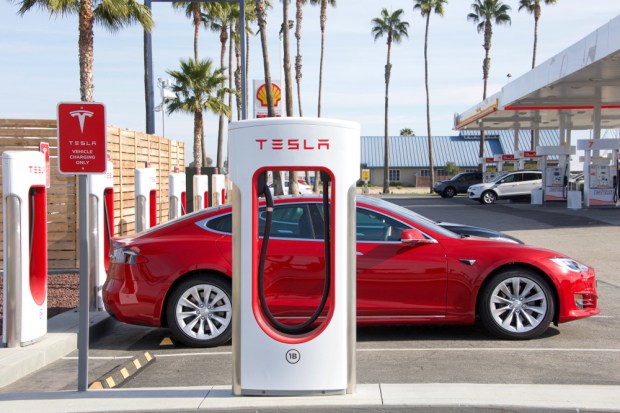What’s Next For Tesla In The Wake Of SEC Settlement?

The suit is settled. But what comes next?
Over the weekend, Elon Musk and Tesla settled with the Securities and Exchange Commission (SEC) over charges that were a firestorm in the wake of a tweet storm. As widely reported, Musk still maintains a grip on the CEO role, but will give up the electric carmaker’s chairman position for three years. There’s also a $40 million fine in place (shared between the company and Musk), a punishment that comes amid charges that Musk made “false and misleading” statements about taking the company private.
The structure of the board will change a bit, as Tesla has to add two new independent directors to its board within 90 days. There must also be the creation of a committee to monitor Musk’s communication with Tesla shareholders.
The embattled executive had quashed an earlier settlement Thursday (Sept. 27) that would have put fraud allegations to rest with the SEC, CNBC reported. The board backed Musk, though investors who bought Tesla stock in the wake of Musk-ian tweets were harmed, the SEC said in its suit.
We will, of course, see how this all plays out — perhaps, in short order. Regardless of who helms the firm over the longer term, beyond the aforementioned changes, Musk remains the visionary. The questions remain large: What next for Tesla — and does the competitive landscape shift amid the battles and controversy? After all, when a company’s management is in turmoil or is refashioning, opportunities exist for others to nibble at the pie, so to speak.
Right now, Tesla’s market cap is $45 billion, which makes one wonder how much further the price might fall before some investors want to buy stakes in an effort to secure a piece of the electric carmaker’s position in the “autos of the future” storyline. Obvious candidates include Apple and Alphabet, two tech titans that are moving well beyond the confines of computers and the internet. Each of these firms are busy establishing an ecosystem that expands across hardware and software, that brings to bear dedicated users who are willing to try the next life-changing service or gadget. Might injecting electric vehicles into the mix be far-fetched? Maybe not.
Tesla’s flux provides an entry point for investment of the strategic kind, where Apple has, in the past, struck pacts with BMW, for example — its CarPlay has gained some traction as well. Google has Waymo, its self-driving project as its own foray onto the road. Making the cars into moving platforms for services like Apple or Google may make sense.
Much has been said about what many describe as Musk’s rather erratic behavior, which has been playing out in public. Apple’s net cash position is about $130 billion, so the financial firepower is there. In addition, Tesla has been burning cash amid tough production schedules, and exists with a net debt position.
As for those production schedules, news came Friday (Sept. 28) that, per reports via Electrek, the company is on track to meet its 50,000 to 55,000 Model 3 target for the September quarter. There are still a few days to go, so it seems likely there will be some positive news here. Maybe not enough to offset management turmoil, but operations are operations, and production lines can produce beyond who is in the C-Suite.
